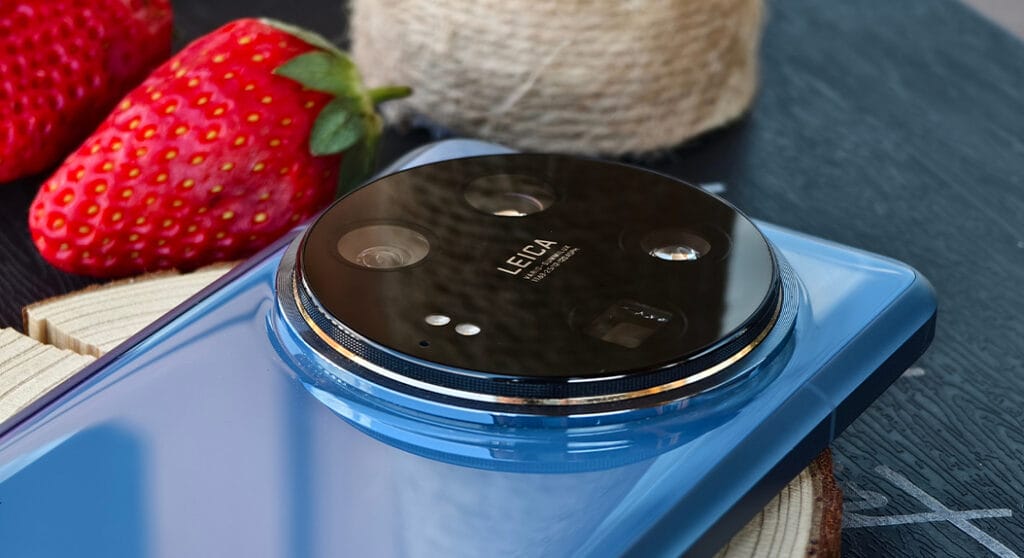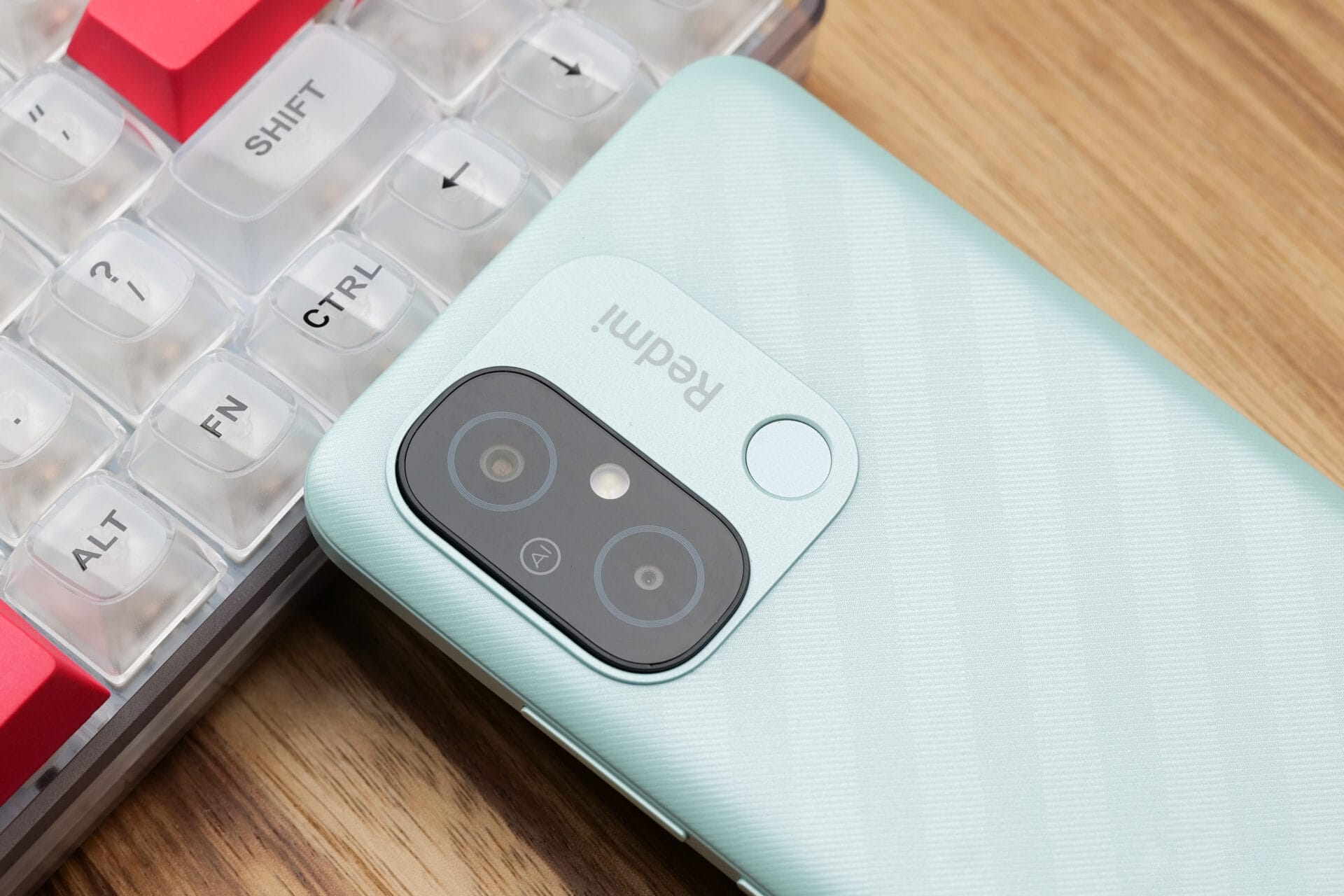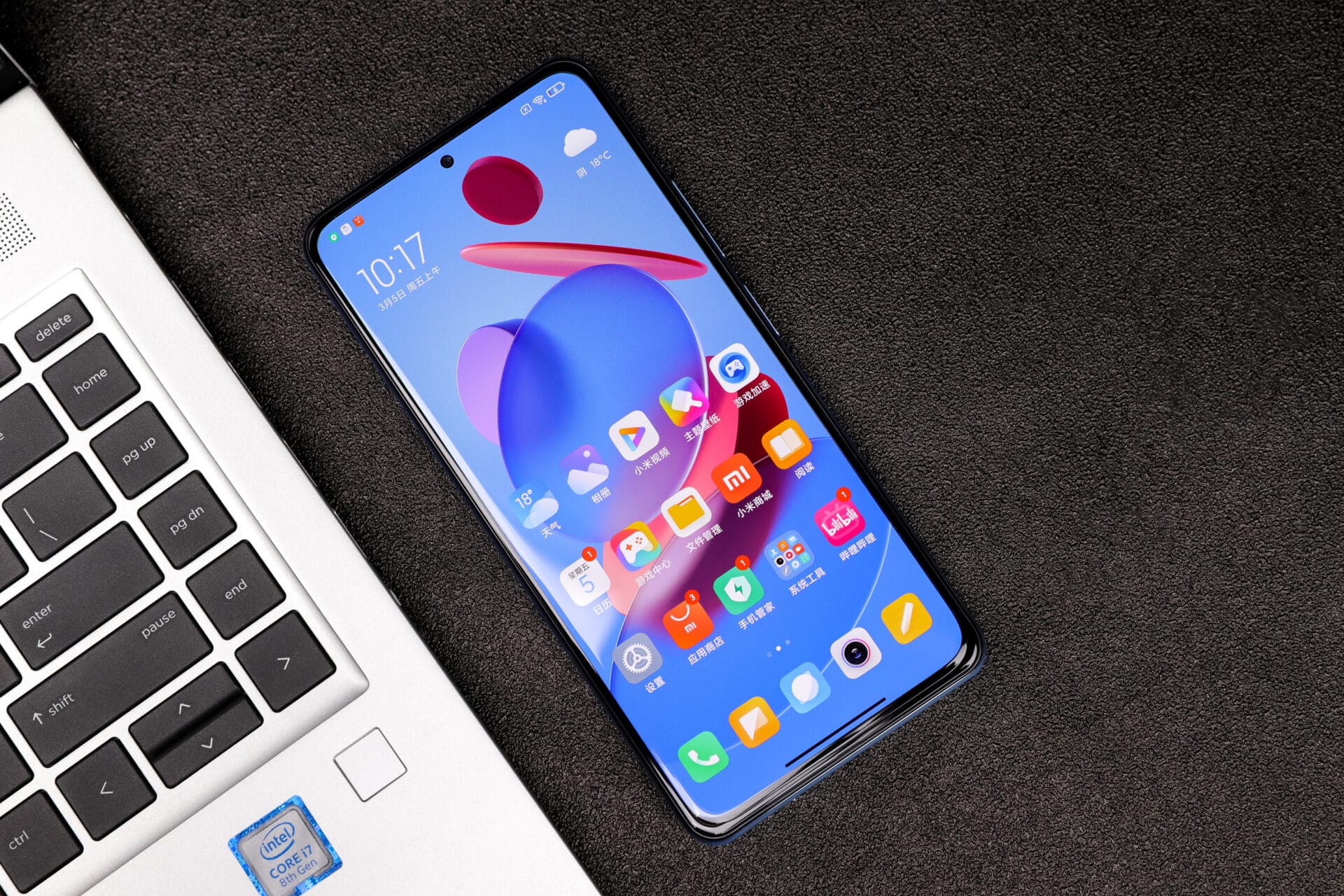Timely updates on Android smartphones can do wonders for the user experience, bringing new features, smoother performances, and security improvements. Xiaomi is one of the most prominent players globally who handle various smartphone brands under its umbrella, like Xiaomi and Redmi. Both these brands captured a large market, raising one of the most common questions: “Does Redmi get updates faster, or does Xiaomi?”
How Xiaomi Structures Its Update Strategy
Xiaomi’s update strategy prioritizes specific device models for updates over others. There isn’t a uniform rollout across all devices; Xiaomi and its sub-brand, Redmi, follow a hierarchical approach.
- Popularity and Sales Volume: Xiaomi tends to roll out updates beginning with the best-selling models. This way, maximum users will enjoy all the latest features and improvements at the very start. This implies that with a high sales volume comes a better chance of receiving timely updates since these models have more significant ramifications on the brand’s image and user experience.
- Device Power and Hardware Capabilities: Updates firstly get pushed to powerful devices with high specifications. Most of the time, they are those better fitted for new features and other complex updates like enhancements in camera systems, performance tuning, and heavy graphical updates.
- Market and Regional Considerations: Other times, the roll-out schedule may be influenced by some specific market needs or regional features. For instance, devices in China might receive updates to Xiaomi HyperOS first because of Xiaomi’s home advantage; global versions follow a bit later.
Who is faster in terms of updates: Redmi or Xiaomi?
This question should be answered based on the type of updates in discussion. Generally, there are two major types of updates:
- Xiaomi HyperOS Updates: Updates about the custom Android skin of Xiaomi, Xiaomi HyperOS. They include changes in the interface, new features, and system optimizations.
- Android OS updates: Major operating system upgrades, such as when a device is upgraded from Android 13 to Android 14.
Xiaomi HyperOS Updates
Whereas in the upgrade of Xiaomi HyperOS , Xiaomi still favors flagships like Mi and Mi Mix series over others. These typically carry the best tech that Xiaomi has to pass on to users and are usually the first to receive new Xiaomi HyperOS upgrades.
However, across the Redmi series—more specifically, the Redmi Note series—one does tend to find updates rolled out quickly. That is because of the popularity coupled with the sales volume that a Redmi Note commands; after all, it charts as one of the highest-selling smartphones worldwide. Thus, while Xiaomi’s most vital and most premium devices get priority, their more popular Redmi devices aren’t left too far behind.
Android OS Updates
The case differs a bit for Android OS updates. Typically, constrained by the market, Xiaomi’s flagship devices will get the latest Android version update before their mid-range and budget devices. Perhaps because of the crazy sales of some Redmi models, though, sometimes such devices can get an Android OS update relatively faster than specific not-as-well-selling Xiaomi models.
Case Study: Redmi Note Series
The Redmi Note series again is one such range where this strategy gets into action. The mid-range nature in no way would stop the updates from happening to the Redmi Note series since many times it has received updates on time, at least for as big a market as India and China; these models have a colossal user base. This means Xiaomi prioritizes these devices for both Xiaomi HyperOS and Android updates due to their robust sale volume and good user interaction.
The Role of Xiaomi HyperOS in Updates
Of note here, though, is that the distinction between older and newer comes down more to device model rather than brand since Xiaomi uses Xiaomi HyperOS across both Xiaomi and Redmi. That means Xiaomi HyperOS updates bring many of the latest features to older devices almost independent of the underlying Android version, which helps keep more devices up-to-date.
In other words, while flagship devices usually get updates first due to the high hardware specs and being the premium products of Xiaomi in terms of branding, Redmi series devices aren’t much behind, especially the best-selling models like Redmi Note devices. It is more related to how much volume that device has been sold and how filling is its hardware capability rather than being a brand itself when it comes to strategy for rolling out the updates. This means timely updates for Xiaomi and Redmi users, especially if they have popular and influential models in both brand lineups.


 Emir Bardakçı
Emir Bardakçı




I like using hyper os a lot. I will see more good things in the future. Love from Bangladesh 💖
Hello.
I have a redmi note 12 pro 5g. I still have not received the hyperos. Why not?
Nice new update
I’m using redmi 13c an I haven’t received any update??